One of the significant ways in which the history of South Australia differs from those of the other colonies arose from the early recognition and exploitation of base metals. Copper ore, discovered in many places but most notably at Kapunda in 1842 and Burra in 1845, brought sudden and unexpected wealth to a colony struggling to establish agricultural and pastoral industries. There had been no real plan for the economic development of South Australia, but by 1850 the value of copper production was much greater than that of grazing and agriculture combined, and Burra was the largest inland town in Australia. ‘Had it not been for the fortuitous discovery of high-grade copper ore … doubtless South Australia’s critical development would have been sorely retarded’ (Willington, p47). The copper industry attracted an influx of Cornish and Welsh immigrants to the mines and smelters. Burra paid enormous dividends; in some years shareholders received back 800% of their entire investment. The extraordinary profits from Burra brought on a ‘mining mania’ as investors rushed to buy shares in copper mining companies. Sadly, no others were as profitable as Burra; many shareholders fell victim to naive optimism, and in a few cases to outright fraud. Both Kapunda and Burra were closed by the copper price fall of 1877.
The events of the 1840s were just a foretaste of even greater discoveries to come at Wallaroo Mines (modern Kadina) in 1859 and Moonta in 1861, which with the large smelters built at Port Wallaroo formed the ‘Copper Triangle’. The new mines followed the same pattern of high profitability from early cheap production at a time of high copper prices, and went on to produce nearly seven times as much copper as Burra. Moonta was the first company in Australia to pay its shareholders £1 million in dividends, and the two mines would produce over £20 million worth of copper. The philanthropy of Walter Watson Hughes and Sir Thomas Elder was financed by the mines of Wallaroo and Moonta. By 1907, 53% of the copper produced in Australia had come from South Australia, the bulk of it from the Copper Triangle. Catastrophic worldwide falls in base metal prices at the end of the First World War caused mines and smelters to close by 1926, with a severe economic impact on South Australia.
There was a long hiatus in South Australian copper production, not broken until an episode of large-scale extraction from Kanmantoo in the 1970s, and the Lake Gunson copper deposit in the 1970s and 1980s. Falling copper prices again closed both mines. The Burra open cut was also re-worked in the 1970s. By that time, Wallaroo’s earlier production had been surpassed by even larger copper mines in the eastern states at Cobar, Mount Lyell, Mount Morgan and Mount Isa. South Australia’s copper resurgence began in 1975 when geophysical exploration detected a magnetic anomaly at Olympic Dam, which drilling proved to be a large copper-gold-uranium ore body with no surface outcrop. The outback town of Roxby Downs was built, and mining began in 1988. After only 20 years production, Olympic Dam had become the second-largest copper producer in Australian history, behind Mount Isa. Expansion will make the mine one of the world’s great copper producers.


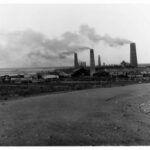

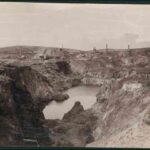
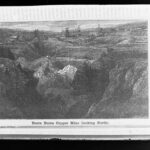
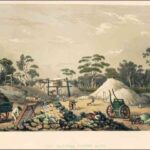
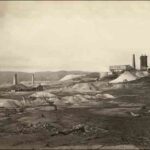
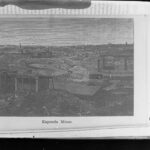
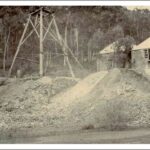
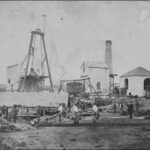
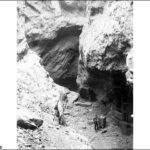

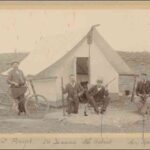
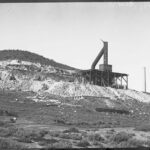
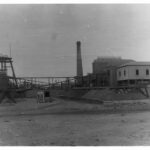
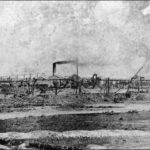
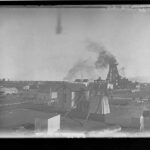

Comments